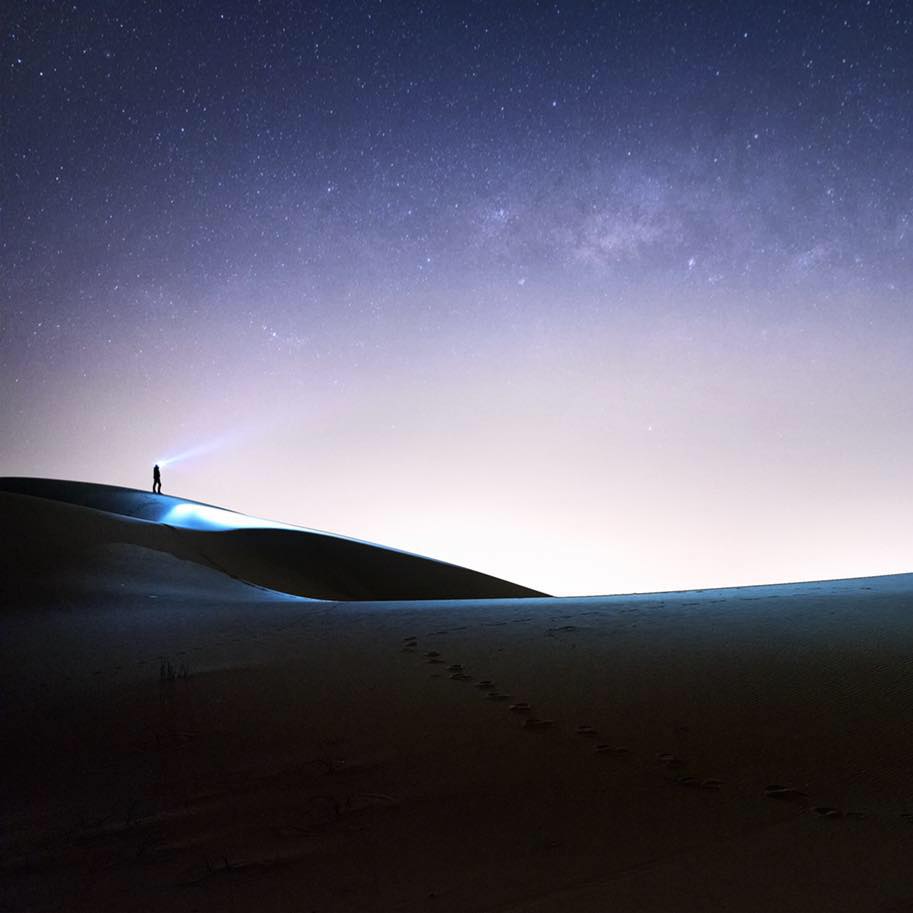9 Ways to Gain Better Rainy Day Photos
That torrential downpour you see out the window some days could signal the end of your next big shoot — or it could indicate a new, albeit slushier, opportunity. Rain brings new possibilities for portrait, landscape and other genres of photos. Take up some savvy ways to set up these rain shots so you and your subjects minimize time spent in puddles as you get the perfect pic. Fear not — it’s just water. If you want the best rain photography, you have to be willing to get wet. Dress for the weather, whenever possible, and embrace a bit of discomfort for the sake of perfecting your craft. Photo by Nick Edmunson Use microfiber cloths to keep your gear dry. Just as you should dress for the weather, so too should your equipment. Even weather resistant gear is better off not getting drenched, and you are going to want your lens dry for most shots. Create contrast by shooting in low light. Raindrops are most apparent in twilight and nighttime shots, …









You must be logged in to post a comment.